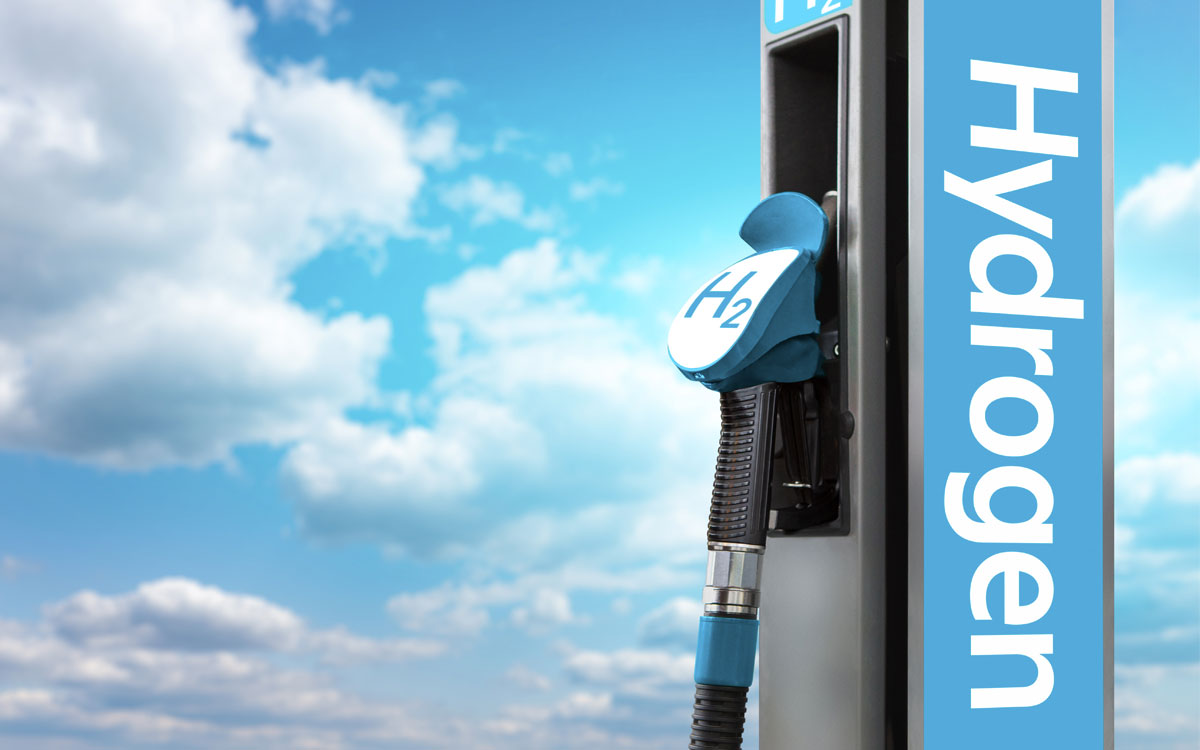Summary
The Highly Efficient & Low Cost Photovoltaic-Electrolysis System project is a promising approach to produce renewable hydrogen (H2) for export from sunlight and water. The main obstacle to utilising PVE to produce H2 is the high cost and modest efficiency.
The project aims to lower the cost of renewable hydrogen produced via PVE by improving the energy efficiency of transition metal-based alkaline water electrolysers and the overall solar to hydrogen (STH) conversion efficiency of PVE systems. This approach is anticipated to lead to the development of an integrated PVE system demonstrating an overall solar-to hydrogen (STH) conversion efficiency >30%.
Key results
This project demonstrates a stand-alone, scalable, prototype PVE system that can generate green hydrogen from sunlight through PV electricity powered water electrolysis. The PV prototype can achieve a higher solar-to-electricity conversion efficiency than the commercial Si-based PV technologies; enables a more efficient utilisation of solar energy by recycling the waste heat produced from CPV module into the water electrolysis system; and can reach a much higher H2 production efficiency during water electrolysis compared with conventional alkaline water electrolysis.
Learn more
How the project works
The Highly Efficient & Low Cost Photovoltaic-Electrolysis System project is using an innovative approach to develop a low-cost, highly efficient, integrated PVE system to harvest the whole spectrum of sunlight as the sole source of electricity, heat and light, which then will power an alkaline water electrolyser to convert renewable primary energy (solar) to hydrogen. The world’s highest efficiency Concentrator Photo Voltaic (CPV) receivers from Raygen and novel electrocatalyst composites from UNSW will be utilised to achieve this outcome.
Area of innovation
Hydrogen as energy carrier poses several apparent advantages including readily attainable storage and transportation, clean and high energy density. The current technology used to produce over 90% of hydrogen stock is by steam reforming of methane. The project will use an integrated Photo-Voltaic Electrolysis (PVE) heat exchange technology and active and cost-effective catalyst materials to convert sunlight to hydrogen. The successful deployment of the PVE system will enable the production of H2 via a clean sustainable pathway and confirm Australia as a leader in renewable energy research and technology.
Benefit
By increasing the performance efficiency and lowering the hydrogen cost from electrolysis to meet or surpass the predicted hydrogen cost from PVE system (reported by CSIRO for 2030), this technology will make Australia a competitive country for generating and exporting renewable hydrogen.








